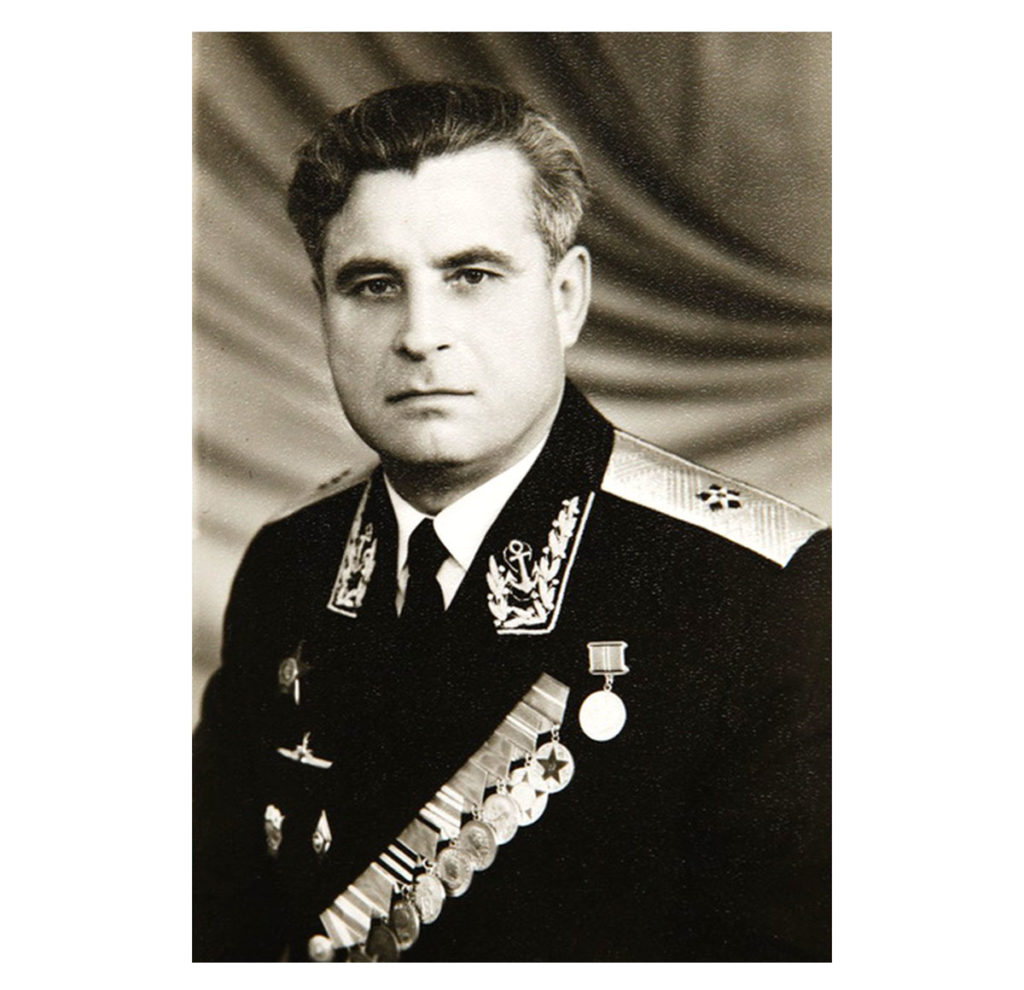
Photo: smartied
Back in October of 1962, the world was on the brink of a thermonuclear war that would change the course of humanity. Most people know about the Cuban missile crisis, but few are aware of the severity and significance of the situation and how it all came down to a single instance. Thanks to one man’s decision and his willingness to stand behind that decision, he singlehandedly prevented a catastrophe of epic proportions.
This is a story about that Russian naval officer and how he quite literally saved the world.

Photo: smartied
Tensions were high between the United States and the Soviet Union, two of the world’s superpowers. Both countries have enough nuclear firepower to wipe human beings from existence. It seems impossible that much devastation could be prevented by just one man, but that’s exactly what happened. Anytime a situation arises regarding nuclear weapons it pays to have a cool, calm attitude. One wrong move, one bad decision, could start a chain reaction that couldn’t be stopped.

Photo: smartied
Millions of people were aware the Cuban missile crisis was happening and that it could directly affect their daily lives had World War III broke out. Sir Joseph Rotblat, who was a Polish physicist that worked on Tube Alloys for the Manhattan Project, told reporters, “the most terrifying moment in my life was October 1962, during the Cuban Missile Crisis. I did not know all the facts – we have learned only recently how close we were to war – but I knew enough to make me tremble.”

Photo: smartied
When doing research on this particular subject there will be two names that will likely be the first to come up. President of the United States, John F. Kennedy, and Soviet leader Nikita Khrushchev. These two men sat in a position where they had the power to plunge the world into a thermonuclear war, and most people don’t realize how close that was to happening. Thankfully, this crisis was averted due to the decisions of one true hero whose name has seldom been written in any history books.
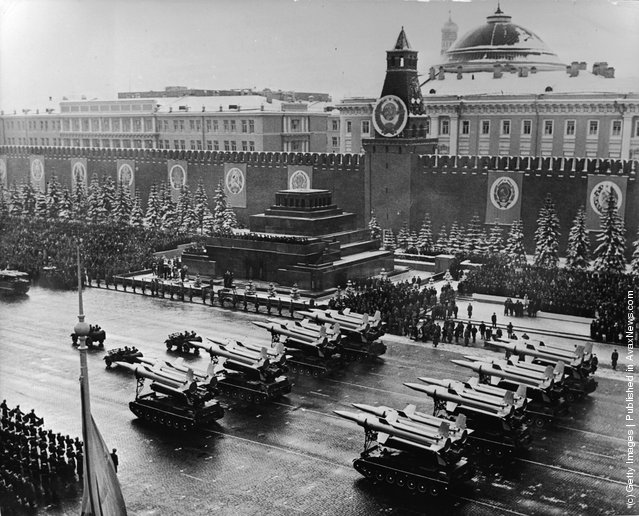
Photo: smartied
It might sound as if it’s the plot to a Hollywood action film, but two of the largest superpowers on earth quite literally had their weapons pointed at each other and it was only a matter of time before someone fired the first shot. It’s terrifying to think that there was actually a nuclear bomb pointed at the U.S. Navy that was more powerful than the one used on Hiroshima, and it was just one button push away from being fired.

Photo: theatlantic
The United States had just discovered Soviet nuclear activity just 90 miles off the coast of Florida in Cuba. This sent chills down the spine of every man and women in the country. To prevent any further delivery of nuclear material, the U.S. established a complete blockade preventing any sea traffic from entering the Cuban waters. President Kennedy addressed the nation in a solemn tone informing them that they must prepare themselves for war due to a serious crisis that was upon the nation.
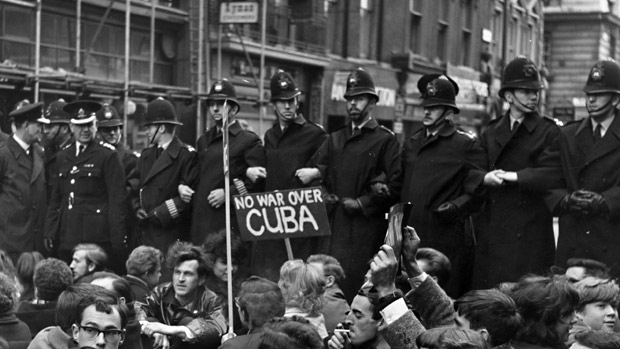
Photo: smartied
There have been many Hollywood films made since then regarding the events that took place at that time. Each showing the nervous and fearful President Kennedy doing his best to maintain his composure. Many of which paint him as the hero of the situation and while his actions most definitely deserve respect, none of these theatrical accounts of the historical event include the name of the real hero. It was a Russian naval officer by the name of Vasili Alexandrovich Arkhipov.
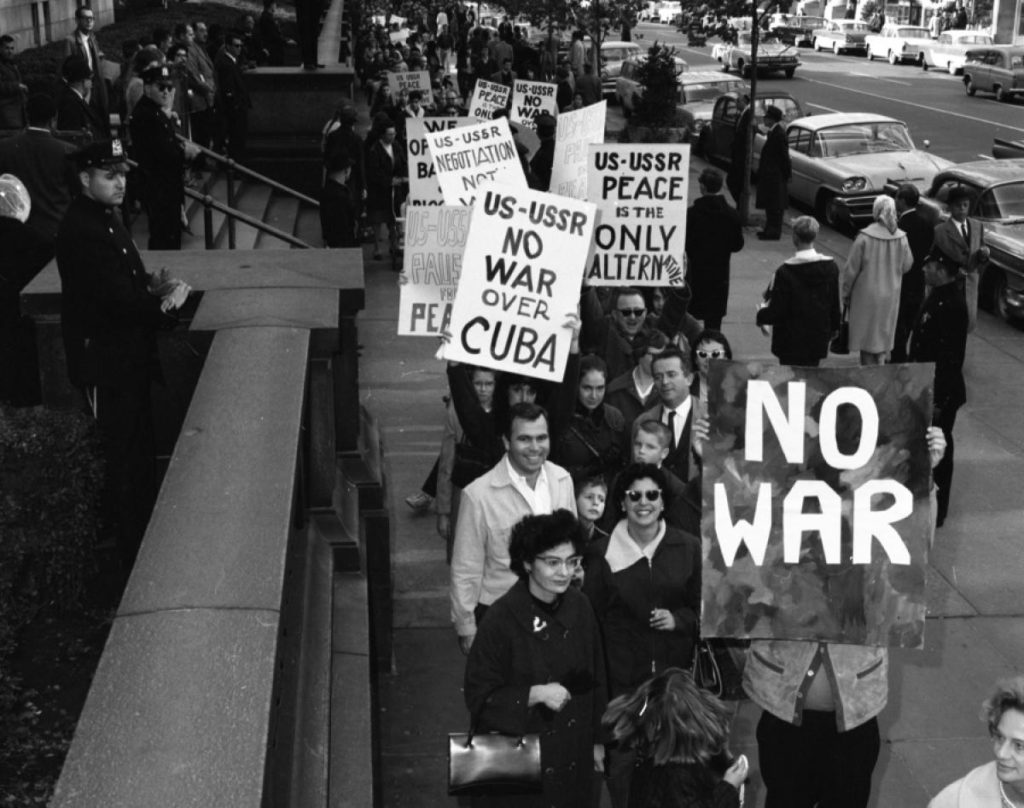
Photo: smartied
In trying to protect his country from the so-called “harassment” coming from the United States, Cuban President Fidel Castro had a secret meeting with the Soviet leader, Nikita Khrushchev, in early October of 1962. Intentions behind the meeting were to convince Khrushchev to bring nuclear weapons on Cuban soil. The Soviet leader agreed and construction of missile launch facilities began immediately. As soon as the U.S. became aware of this is when things got incredibly hostile.
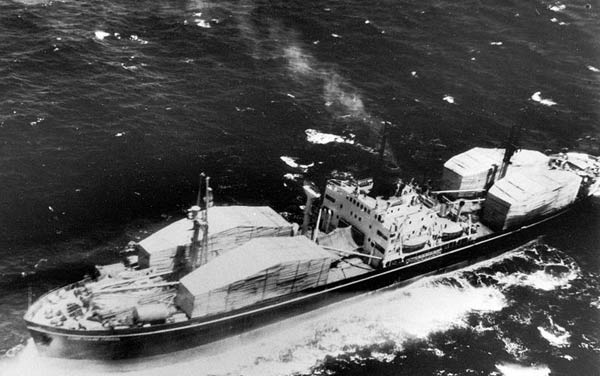
Photo: smartied
Having that much firepower aimed directly at the United States and only 90 miles off the coast of Florida made the U.S. government extremely uncomfortable, and justifiably so. Not only did the immediately set up the blockade that would prevent any sea traffic in the area, but the White House ordered the Cuban government to dismantle any existing missiles and send them back to the USSR. Little did they know that the Soviets had already come up with more effect ways to sneak in deadly ballistic missiles without being detected by the U.S.
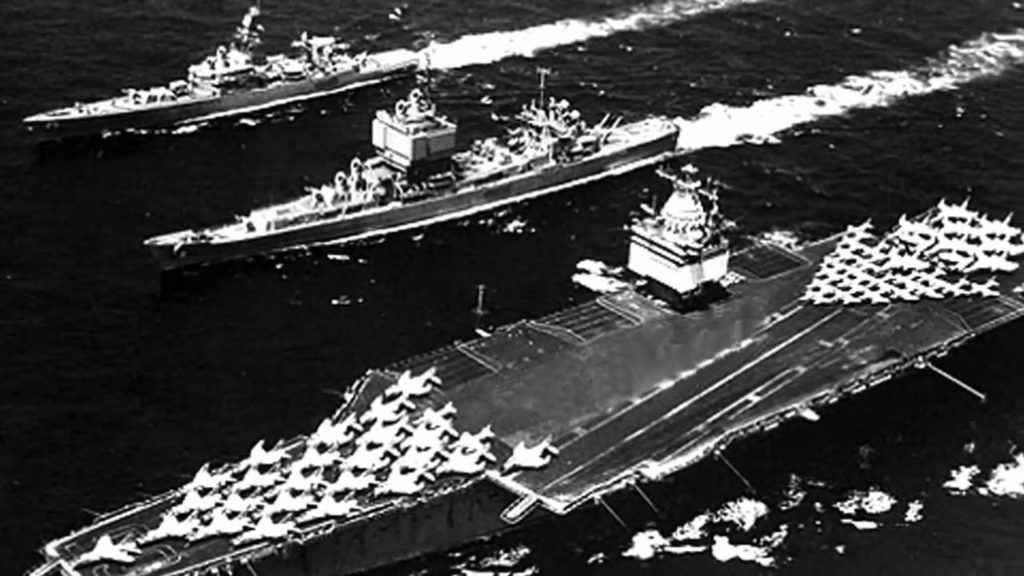
Photo: smartied
Despite the best efforts to restrict all sea travel into Cuba, the Soviets had a secret weapon up their sleeves. Nuclear powered submarines that would travel so deep that they would deliver the weapons undetected by the massive blockade of U.S. Naval ships patrolling the waters. The Soviets planned on using the secret submarines to sneak in the deadly missiles through the U.S. naval base in the Caribbean Sea. During the mission, the subs had been in constant contact with Moscow and for reasons unknown told to stop just as they were approaching the Naval Base.
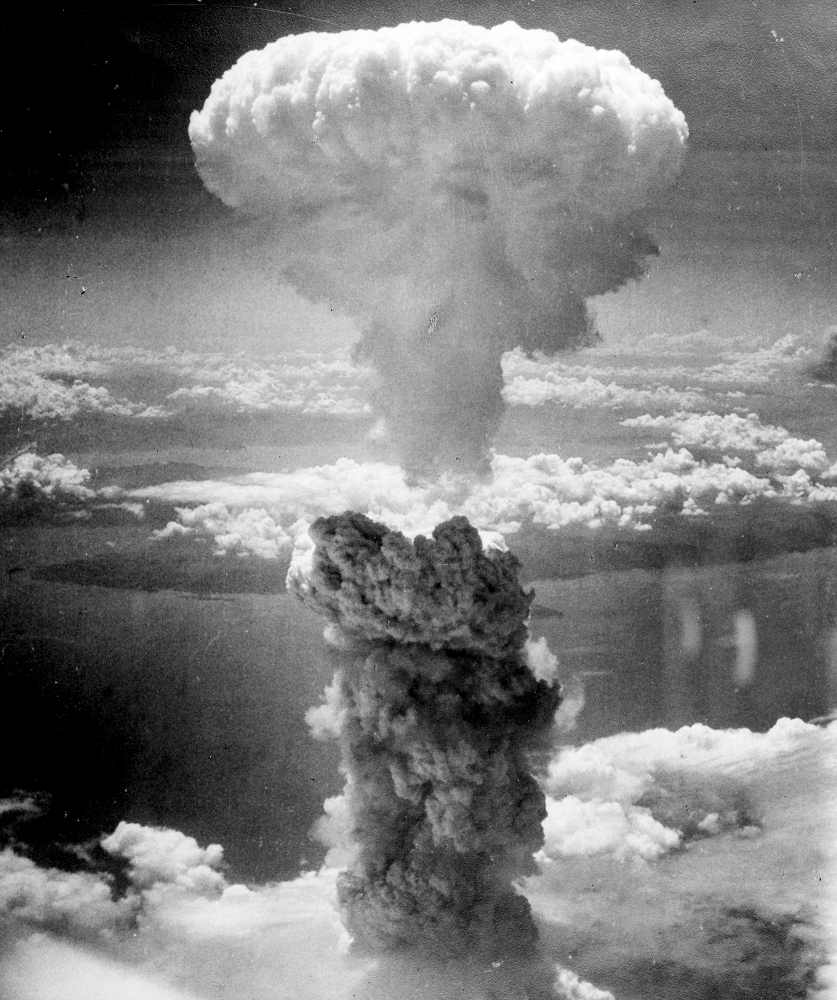
Photo: smartied
Onboard this submarines they had a “special weapon” and could be used in the event of an extreme situation. They were nuclear-tipped torpedoes even more powerful that the one dropped on Hiroshima. However, the Soviets assumption was wrong and the U.S. Navy did manage to spot the secret submarines, but they were unaware it had ballistic missiles onboard and the commander had his finger on the fire button.
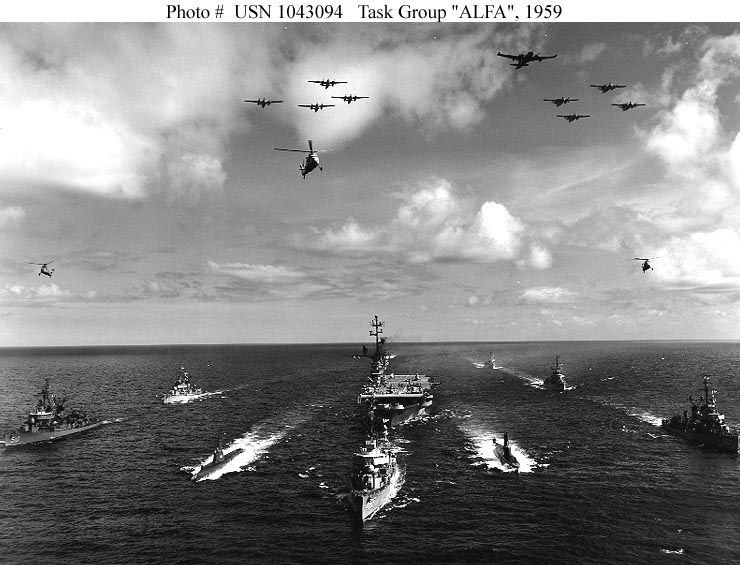
Photo: smartied
Commanding the Soviet vessel was Valentin Savitsky and he was very well aware of the intensity of the situation. He knew that if he fired this missile it would change the world with a single push of a button. With that being said, he actually reached a point where he not only gave the order to prepare the missile but to fire it. That order was then approved by the second in command onboard the ship and the vessel was then pointed towards its primary target, the fleet of U.S. Naval ships on the surface. Luckily, one man managed to stop this from happening.
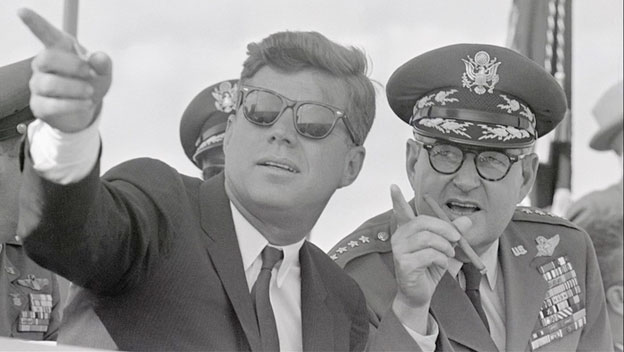
Photo: smartied
Even though the Soviet subs were well hidden underwater, the eleven U.S. Navy ships trolling the surface quickly noticed strange movement. At the time they were unaware that it was a Soviet sub, and even more unaware of its deadly cargo. In trying to figure out what was going on, Naval commanders ordered the dropping of depth charges as a signal for the vessel to surface for further inspection. However, the Russian commander misinterpreted these minor explosions and was under the assumption that a war had broken out.
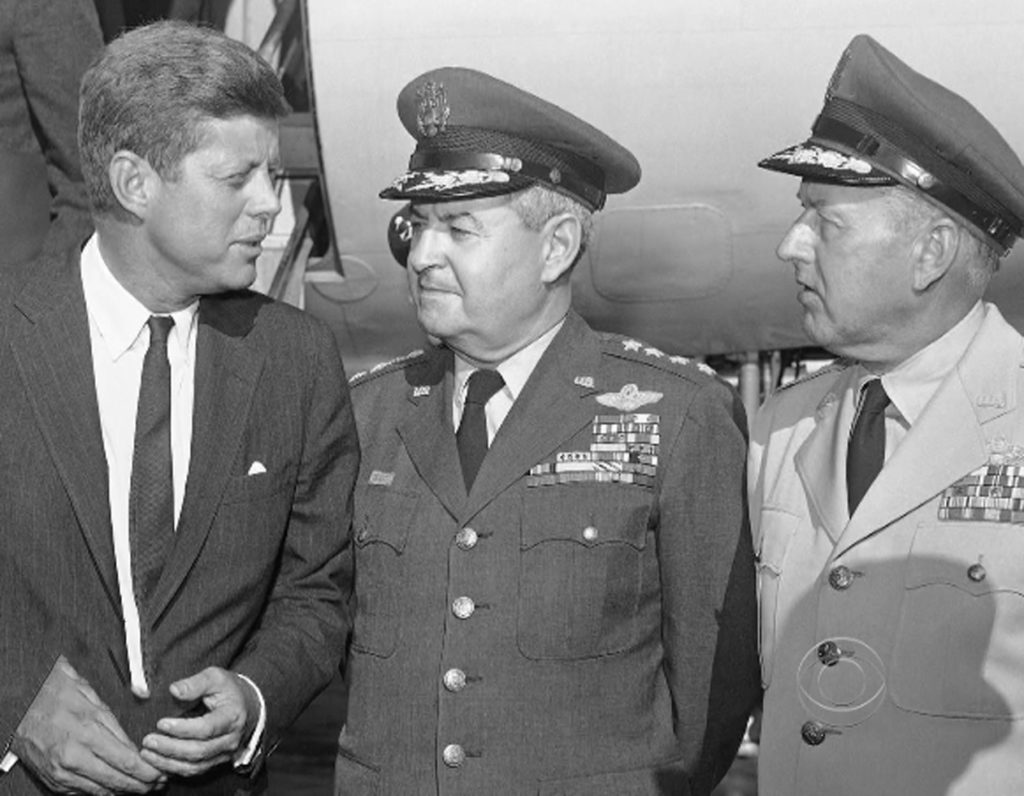
Photo: smartied
One of the submarines had a broken air conditioning system and when the U.S. Navy started dropping the depth charges, the temperature inside the sub climbed well over 100 degrees. This turned the already tense situation into a critical stage. Because Savitsky thought he had been fired at, he assumed it was only a matter of time before the fleet of Naval ships destroyed the submarine. This is when he decided to carry out the Soviet mission and ordered his crew to ready the missile.
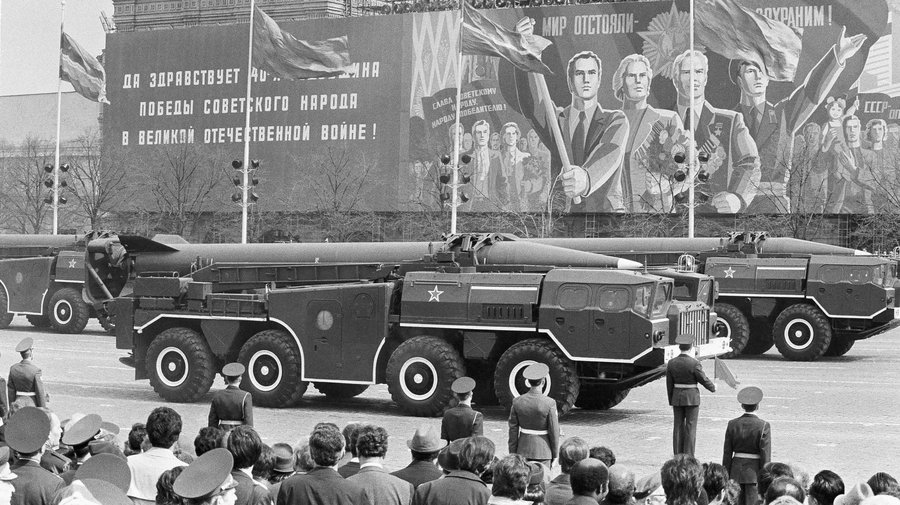
Photo: smartied
As soon as he heard the first depth charge go off, captain of the USSR vessel, Valentin Grigorievitch Savitsky, apparently shouted to his crew, “we’re under attack!” He then ordered the crew to dive even deeper to evade the Naval ships while they readied the missile. By doing so they went to a depth where they could no longer stay in contact with headquarters in Moscow. This also caused the vessel and the crew within it to work harder and therefore the temperature continued to rise.

Photo: smartied
One of the crewmen onboard the Soviet vessel lived to tell the tale of what he experienced that day in the depths of the Caribbean Sea. He described in great detail the heat inside the vessel and the fear that he and his fellow mates felt as they heard a loud blast. He told reporters “the Americans hit us with something stronger than the grenades—apparently with a practice depth bomb.” Knowing they had now fallen right into the enemy’s hands and there was no way to surface without being exposed sent a wave of panic throughout the entire ship.

Photo: smartied
Fear and panic onboard the vessel had reached an all time high. Convinced that he and his crew were doomed, and not one to give up easily, Captain Savitsky apparently said “Maybe the war has already started up there…We’re gonna blast them now! We will die, but we will sink them all—we will not become the shame of the fleet.” Had our hero, Vasili Alexandrovich Arkhipov, not also been onboard this story would have a very different ending.

Photo: smartied
Shortly after the U.S. Navy discovered the subs, news quickly spread on TV’s all over the world that the Soviets had been caught trying to secretly bring missiles into Cuba. During this time, there was also a U.S. spy plane that had been monitoring the situation and it was actually shot down by Cuba. This forced President Kennedy to order the Navy to surround the island and it appeared as if a war was inevitable.
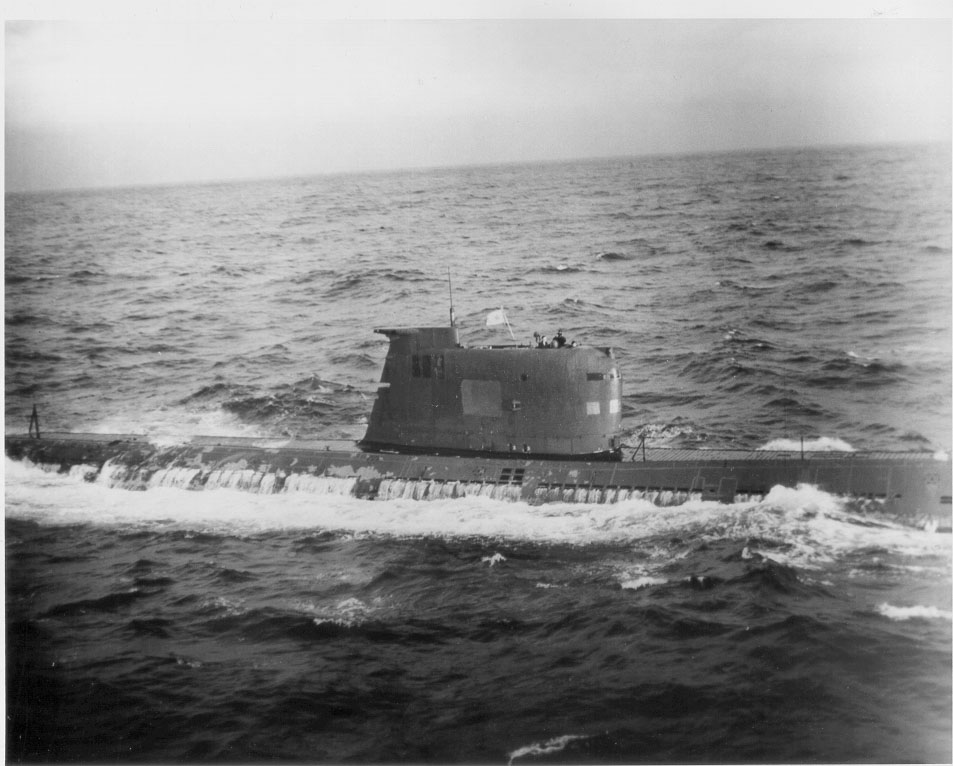
Photo: smartied
At the time of this devastating crisis, our hero Arkhipov was just 34 years old but held the distinguished position of Flotilla commander in charge of the three Soviet submarines. His job was simply to ensure that the covert operation was a success. This was quite ironic considering he ended up being the one man who prevented that from happening. Despite that, his name has never been mentioned in history books.
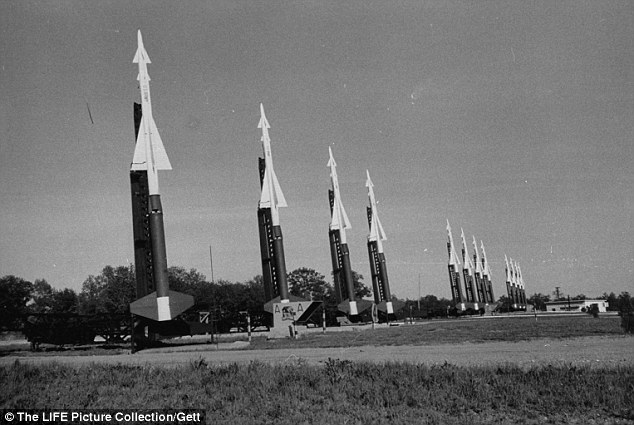
Photo: smartied
Arkhipov was known for having a cool and calm demeanor and that became very clear during this tense situation. Even as the Flotilla commander, he was placed second in command behind Captian Savitsky on the B-59 submarine because onboard it carried a “special weapon,” which was the nuclear-tipped torpedo. Savitsky was in a panicked state and could see no alternative other than to attack the U.S. ships with hopes of taking them down with him.
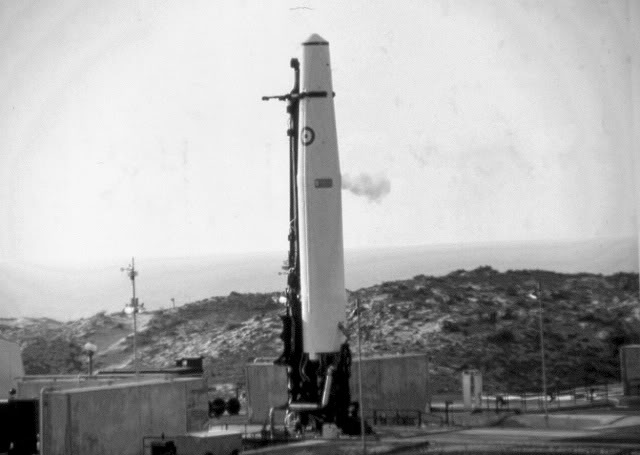
Photo: smartied
Somehow, someway, Arkhipov managed to come up with the words that finally got through to the Captain and prevented him from making a mistake that couldn’t be corrected. Normally on a Soviet submarine, the Captain required only the approval for launch from the second in command. But in the case of the “special weapon,” it required the approval of all three highest ranking officers on board. This way, a single officer could not launch the torpedo without approval from all three.
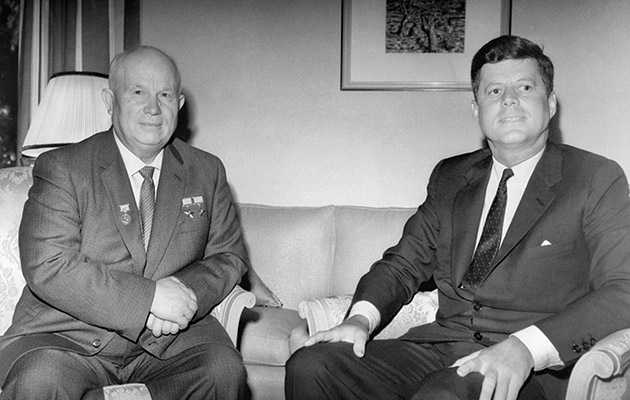
Photo: smartied
Captain Savitsky’s intentions were very clear, he wanted to obliterate the Naval ships as well as the Naval base close by, even though it meant the unavoidable deaths of himself and his crew. He quickly got approval from the other officer and that left only our hero Arkhipov for final approval. All he had to do is say the word, yes, and life, as we know it, would not exist anywhere in the world.

Photo: smartied
Luckily, Arkhipov didn’t agree with Savitsky’s theory that the Soviet subs were under attack. He firmly believed that the Navy had simply discovered them and they were dropping depth charges as a signal for them to surface for inspection. Arkhipov’s willingness to stand his ground about his beliefs quite literally saved the lives of the modern world, as well as everyone you know and love. And for that, we owe him immeasurable amounts of gratitude and respect.
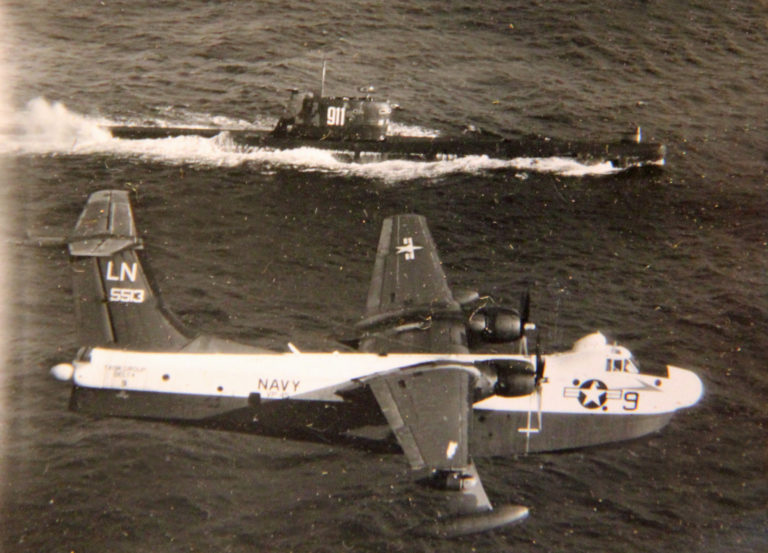
Photo: smartied
Meanwhile back at Moscow headquarters, they were frantically trying to reach the submarine commanders to inform them that the Naval ships meant them no harm. But because the vessels plunged into the depths of the ocean after hearing the depth charges go off, they couldn’t send or receive and communication. So they had no way of knowing that the U.S. Navy simply wanted them to surface for identification.
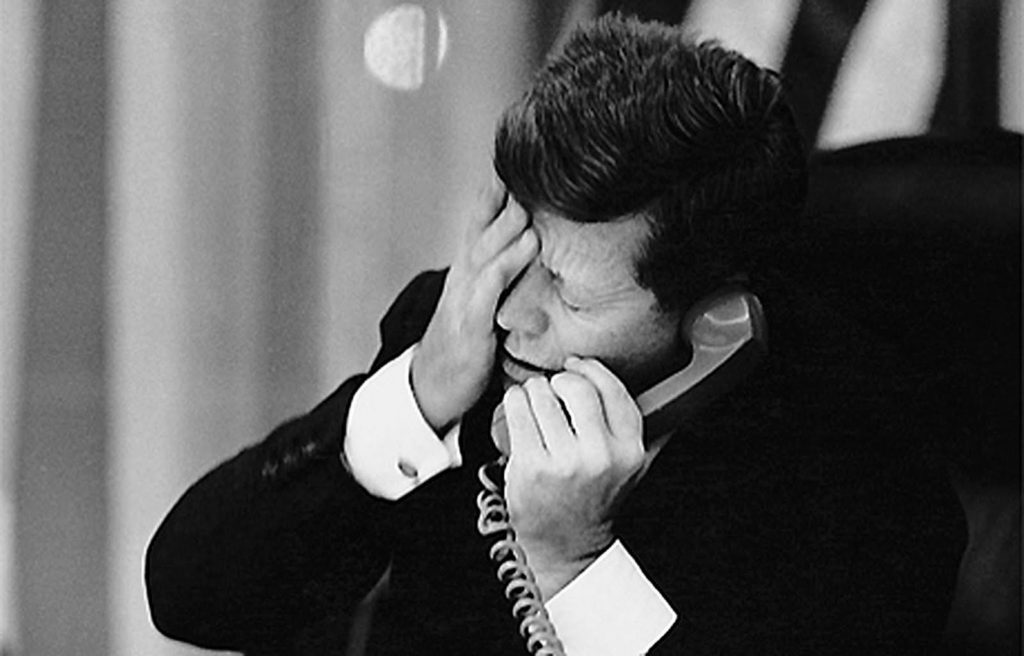
Photo: smartied
As tense as the situation was onboard the B-59, it was only slightly less within the Oval Office of the White House. Robert F. Kennedy was apparently present with brother during the crisis. He distinctly remembered the look on his brother’s face when his military officials informed him that the Navy located three Soviet submarines and began dropping depth charges on them. Robert later described that he had never seen John, or any president for that matter, with so much fear in their eyes. He continued by saying “The depth charges were the time of greatest worry to the President. His hand went up to his face [and] he closed his fist.”
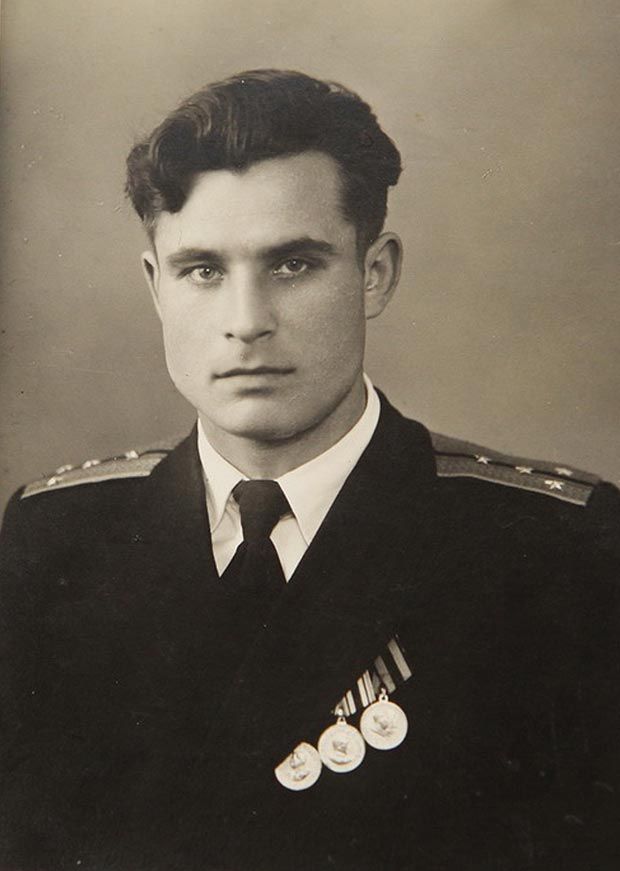
Photo: smartied
Throughout this time, our hero was battling the other officers on board the B-59 and standing his ground about not giving the approval to fire the missile. Finally, he managed to break through to them and convinced the other commanders that they must not fire upon the Naval ships under any circumstances. After many days of discussion, the decision was finally made to expose themselves to the Navy by surfacing.
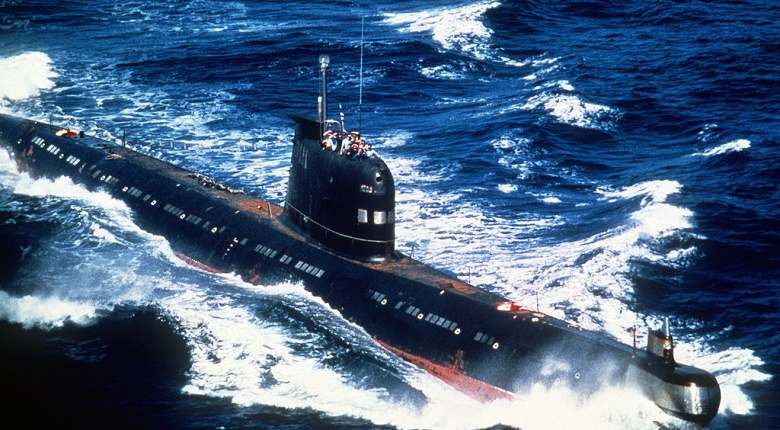
Photo: smartied
Interestingly, the Naval ships and crew onboard were still unaware of the nuclear cargo onboard and just how critical the situation had been. After the submarine surfaced, they were told to turn around and steam back to the Soviet Union without any further inspection which they immediately did so knowing they had now dodged two major bullets. It wasn’t until almost five decades later that the truth behind the severity of the situation revealed itself. This, of course, sent a chill down the spine of every human being that heard the news and was alive during that incredibly intense time in history.

Photo: pinterest
This is also when the news came out about our hero, Vasili Alexandrovich Arkhipov, and how he single-handedly prevented that ballistic torpedo from being launched, which was aimed directly at the aircraft carrier that was leading the Naval fleet. Had the bomb been launched, it not only would’ve destroyed the entire fleet but the naval base close by and essentially everyone and everything within a 100-mile radius. Since they were underwater it also would’ve destroyed all sea life which that alone would have global repercussions. And that’s just that one blast, not to mention the onslaught of retaliation strikes that surely would’ve followed and sent human beings down the path towards extinction. When Arkhipov returned to his home country he was greeted with a hero’s welcome and was actually promoted to a higher rank for standing his ground, and most importantly, making the right decision. Now you know the name, and story, of the man who saved your life and quite possibly the life of everyone you know.

